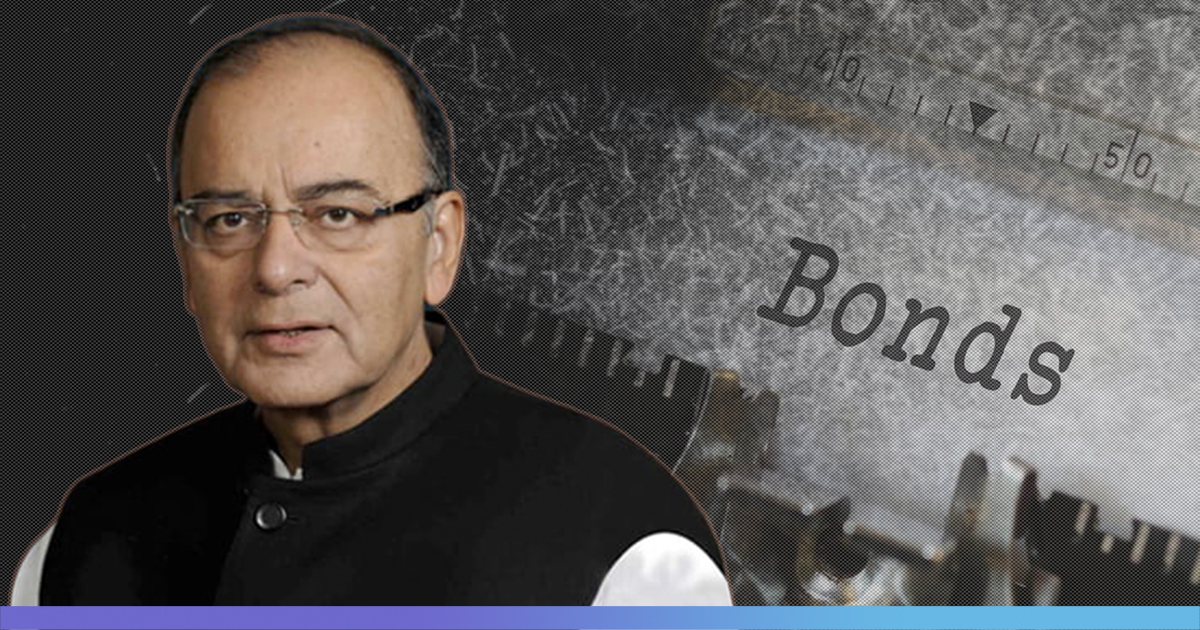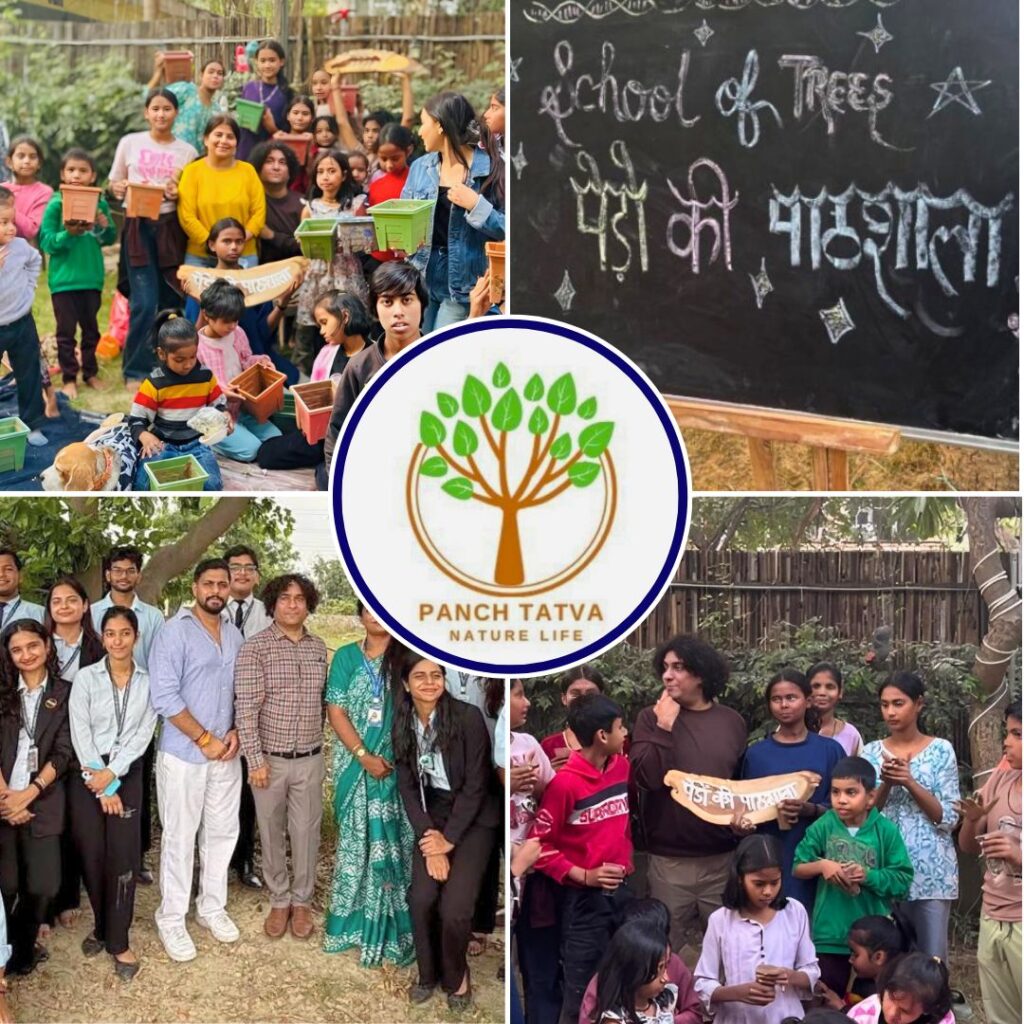Elections establish democracies. The electoral system of India, the largest democracy of the world, must be evaluated critically of how representative it is of its citizens’ preferences. The electoral system is primarily the mechanism of converting votes into seats of the legislature. India is a highly stranded society with deep religious and caste cleavages. It has many diverse minority groups and assurance of their representation in the decision-making process is contingent upon the electoral system in place.
First Past the Post System
India, after its independence, put in place the First Past the Post System. In the FPTP system, each voter has one vote and the candidate who secures the highest number of votes is elected. FPTP works in single-member constituencies with a simple plurality of votes. There is no minimum threshold of votes that candidates are required to secure in order to win the election. It is often observed that the winning candidate does not secure more than 50% of the polled votes.
For example, there are 100 voters in a constituency. Candidate A receives 30 votes, candidate B gets 29 and the remaining 41 votes are split among the other three candidates; not one of the candidates receives more than 30 votes. In an FPTP system, candidate A wins with 30 votes and represents the constituency in the legislature. This implies that the election of a candidate which was not supported by 70% of the population and thus, their interests do not find representation in the legislature which alludes to “wastage” of their casted votes.
“Preponderance of decisiveness over representation”
The representatives often resort to vote-bank politics and populist measures to ensure greater support and re-election because of this plurality majoritarian system. The merits, however, is the simplicity of procedures and the stability this system provides. The Supreme Court in RC Poudyal v. Union of India (1994) had called the FPTP system as possessing ‘the merit of the preponderance of decisiveness over representativeness’.
This implies that the FPTP system presents the advantage of producing a majority government out of a minority of votes. This, at least in theory, assures stable governments. The demerits, to start with, includes no linkage between vote share obtained by the political parties and the consequent number of seats secured. For instance, in the 2014 general elections in India, the Bhartiya Janta Party (BJP) had 31% of the vote share but this translated into almost 52% of the total seats in the Lok Sabha. A 19% vote share for the Congress, however, meant only 8% of the seats.
The contrast is even starker in the case of smaller parties. For example, in the same elections, the Trinamool Congress (TMC) with a vote share of 3.84% had 34 Lok Sabha seats. However, a higher vote share of 4.14% did not accord any seat to the Bahujan Samaj Party (BSP). The FPTP system, therefore, penalises smaller parties, particularly those whose support is spatially dispersed. The above data clearly means that nearly 70% of the votes were not in favour of the BJP. In a democracy, no one should silence the voice of 70% voters, but because of this system, minority governments come to power. Even Rajiv Gandhi’s landslide win in 1984 had been translated into 404 seats out of 514 seats through 49.1% of the votes cast. The margin of victory is also not significant in this system, be it a landslide or a marginal win.
FPTP has terribly failed to ensure representation to the minorities in proportion with their demographic share. For instance, Muslims, the largest religious minority in India, have dismal representation in both the present Lok Sabha and state legislative assemblies. In fact, in the Lok Sabha, their representation, since independence, has always been below their demographic share.
A legitimate democratic decision must include all stakeholders in the decision-making process. The FPTP system, clearly is distant to this reality since, let alone presence in the decision-making process, minority groups can’t even manage to secure representation. An electoral system skewed in favour of a majority is not conducive to a heterogeneous India, particularly when the Indian constitution also does not have political safeguards for religious minorities.
Proportional Representation System
During the Constituent Assembly debates, many people were of the opinion that the Proportional Representation System was a better way to ensure representation of all minority groups than the reservation of seats. The underlying principle of the PR system is that seats are accorded to a political party in proportion to the votes cast for it. Thus, the system is more reflective of the popular will and also abates the dangers of majoritarianism that FPTP unleashes with its unilateral focus on an absolute majority.
But B.R. Ambedkar opined that for a country tinged by sectarianism, the PR system would be inadequate to ensure stable governments. Stable governments with majority were essential to ensure law and order in a colossal state like India. Another reason given to rationalise opting for the FPTP system was that India’s population was predominantly illiterate at the nascent stage of independence and the simplicity of FPTP would ensure smooth functioning of democracy, bereft of the complexities posed by the PR system. Also, Ambedkar regarded PR as an inadequate mechanism to ensure representation of minorities for he believed the PR system would give historically marginalised groups a mere voice in the election of their representatives and not a definite quota as ensured by the reservation of seats. He also anticipated that PR system would lead to parties doing politics on religious and casteist lines; which we nonetheless witness in our current politics. Thus, Ambedkar’s opposition to PR was relying upon the Indian Constitution providing better methods of ensuring minority participation than afforded by PR. However, eventually, the reservation of seats for religious minorities and the PR system didn’t crystallise into reality.
Now, it has been over 68 years of independence and literacy rates in India has certainly gone up. FPTP has also seen its share of unstable coalition governments. In fact, elections are primarily fought on caste and religious lines, to avoid which the constitution maker had chosen FPTP over PR. A legitimate democracy has to be an inclusive one and inclusive representation cannot be traded off for merely simplicity and stability. There is a growing consensus among a broad cross-section of citizens that the current FPTP electoral system must be replaced by a PR electoral system. The Law Commission in its 170th report, submitted in 1999, recommended that India may combine the FPTP system with PR, modelled on the lines of the hybrid system followed in Germany. This proposal was reiterated by the Law Commission in its 255th report issued in 2015. However, no official actions are taken in this direction yet.
If the world’s largest democracy is to truly become one, it must give voice to all the diversities in the society. And fair representation will be guaranteed better by the Proportional Representation System.
Also Read: Meet PG Bhat, An Engineer Who Created A Software That Detects Errors In Voter Lists












